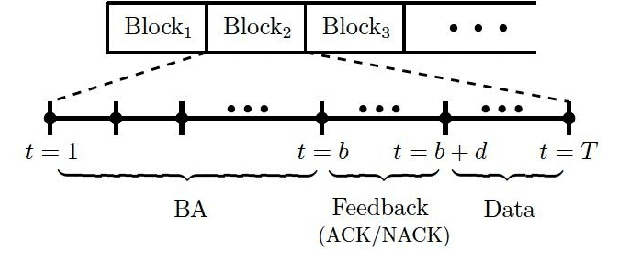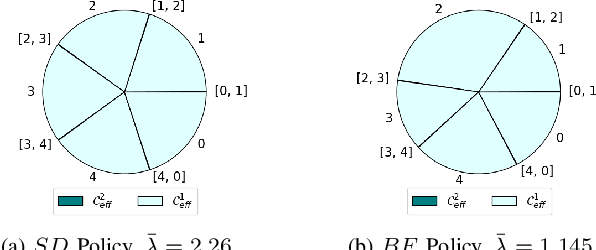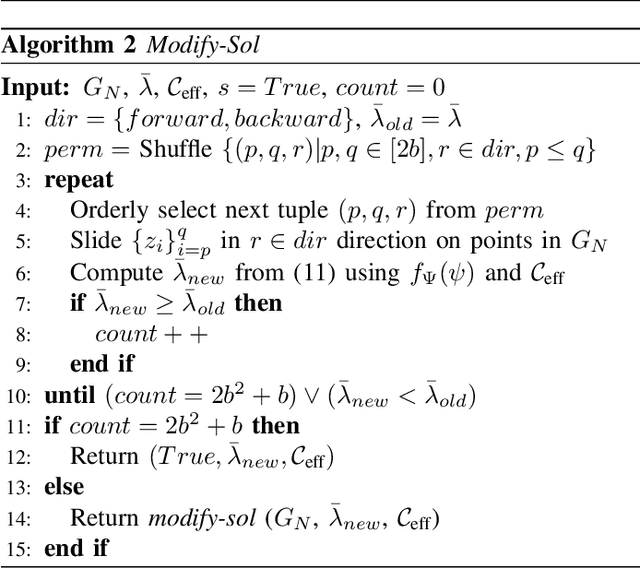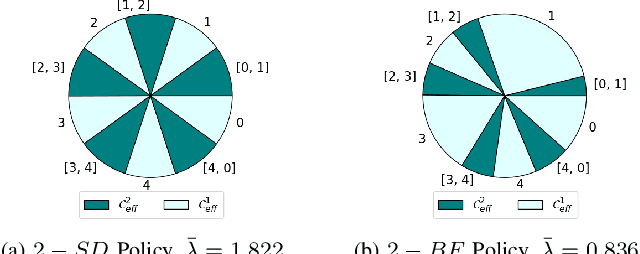Khojastepour
Multi-user Beam Alignment in Presence of Multi-path
Feb 14, 2022



Abstract:To overcome the high path-loss and the intense shadowing in millimeter-wave (mmWave) communications, effective beamforming schemes are required which incorporate narrow beams with high beamforming gains. The mmWave channel consists of a few spatial clusters each associated with an angle of departure (AoD). The narrow beams must be aligned with the channel AoDs to increase the beamforming gain. This is achieved through a procedure called beam alignment (BA). Most of the BA schemes in the literature consider channels with a single dominant path while in practice the channel has a few resolvable paths with different AoDs, hence, such BA schemes may not work correctly in the presence of multi-path or at the least do not exploit such multipath to achieve diversity or increase robustness. In this paper, we propose an efficient BA scheme in presence of multi-path. The proposed BA scheme transmits probing packets using a set of scanning beams and receives feedback for all the scanning beams at the end of the probing phase from each user. We formulate the BA scheme as minimizing the expected value of the average transmission beamwidth under different policies. The policy is defined as a function from the set of received feedback to the set of transmission beams (TB). In order to maximize the number of possible feedback sequences, we prove that the set of scanning beams (SB) has a special form, namely, Tulip Design. Consequently, we rewrite the minimization problem with a set of linear constraints and a reduced number of variables which is solved by using an efficient greedy algorithm.
Codebook Design for Composite Beamforming in Next-generation mmWave Systems
Feb 08, 2022



Abstract:In pursuance of the unused spectrum in higher frequencies, millimeter wave (mmWave) bands have a pivotal role. However, the high path-loss and poor scattering associated with mmWave communications highlight the necessity of employing effective beamforming techniques. In order to efficiently search for the beam to serve a user and to jointly serve multiple users it is often required to use a composite beam which consists of multiple disjoint lobes. A composite beam covers multiple desired angular coverage intervals (ACIs) and ideally has maximum and uniform gain (smoothness) within each desired ACI, negligible gain (leakage) outside the desired ACIs, and sharp edges. We propose an algorithm for designing such ideal composite codebook by providing an analytical closed-form solution with low computational complexity. There is a fundamental trade-off between the gain, leakage and smoothness of the beams. Our design allows to achieve different values in such trade-off based on changing the design parameters. We highlight the shortcomings of the uniform linear arrays (ULAs) in building arbitrary composite beams. Consequently, we use a recently introduced twin-ULA (TULA) antenna structure to effectively resolve these inefficiencies. Numerical results are used to validate the theoretical findings.
 Add to Chrome
Add to Chrome Add to Firefox
Add to Firefox Add to Edge
Add to Edge